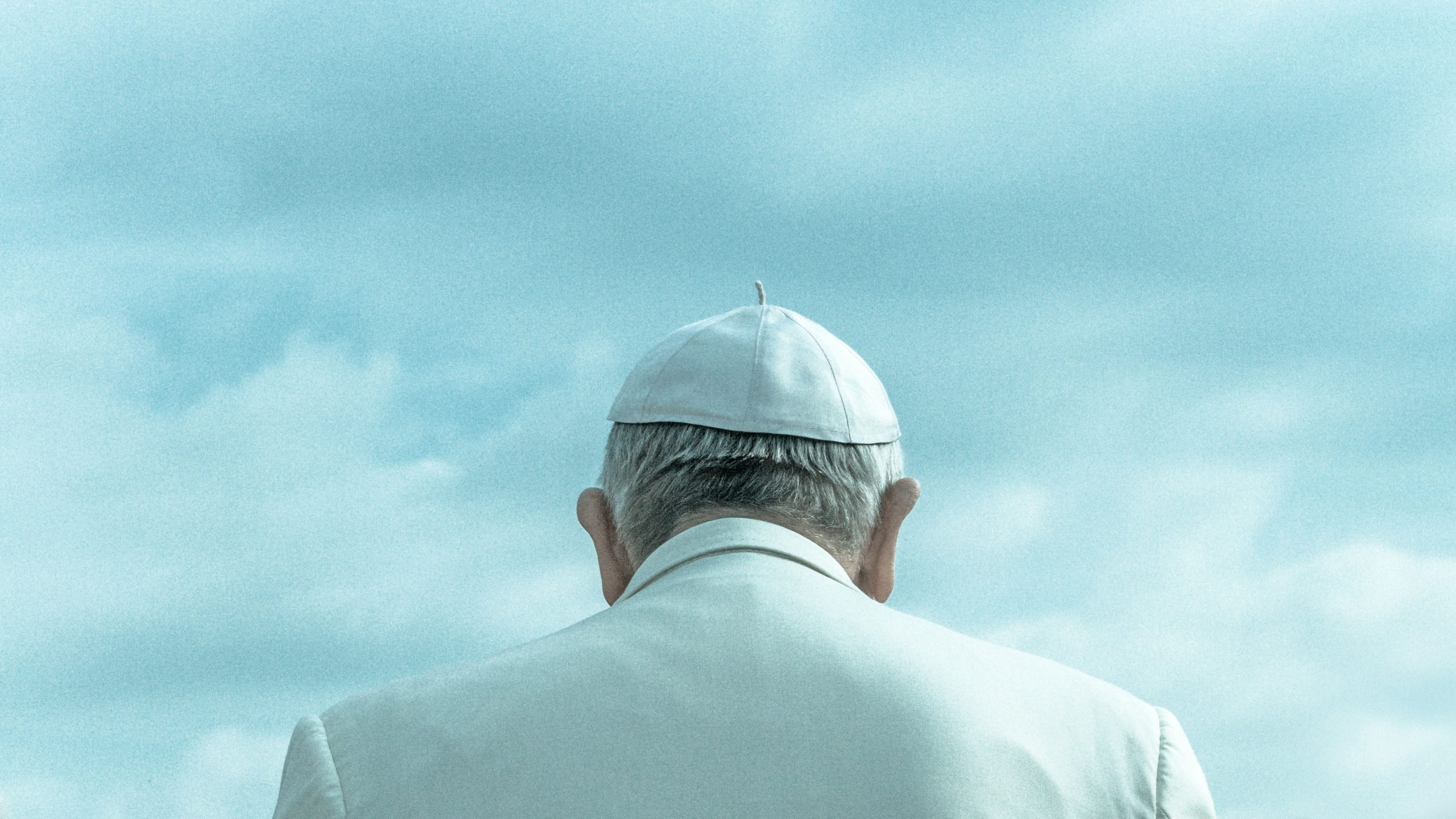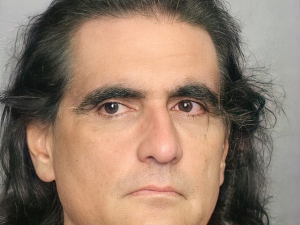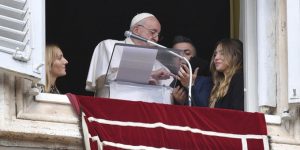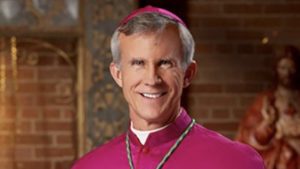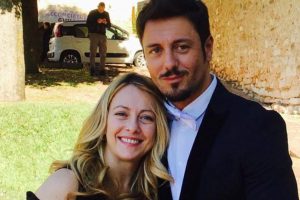At the age of 93 and nearly five months,
Benedict XVI officially became the oldest pope in history on Friday, even if
the record is complicated by the fact that he stepped down in 2013 and holds
the status of “pope emeritus”.
Benedict was the first pope to retire
in 700 years — citing his diminishing strength — after eight years in
office. He was succeeded by Argentinian Jorge Bergoglio, 10 years his junior
and who adopted the name Francis.
Born on April 16, 1927, Benedict — whose
civilian name is Josef Ratzinger — officially broke the previous longevity
record held by Italian Leo XIII who died in 1903 at the age of 93 years, four
months and three days, according to the calculations of the Italian episcopal
journal, Avvenire, and the magazine Famiglia Cristiana.
“34,111 days in
the service of God, the world and the ecclesiastical community,” wrote
Famiglia Cristiana, referring to Benedict.
Aside from Benedict’s retired
status, Vatican experts say the record could also be disputed because, going
back 1,400 years, the ages of previous popes may not always be completely
accurate.
The previous record holder, Leo XIII, is known for having written the
first encyclical on social problems.
Unlike Benedict’s relatively short reign
as pontiff, the Italian aristocrat led the church for more than 25 years. By
comparison, Pius XI was pope for 31 years and John Paul II for 26 years.
And
the first-ever pope, Peter, reigned for at least 34 years, said French
historian, Christophe Dickes.
Benedict lives “hidden from the world”
in a former convent inside the Vatican grounds. Often in a wheelchair, he has
appeared increasingly frail recently. But the author of dozens of books, who
was nicknamed “God’s Rottweiler” as a cardinal, is still mentally
sharp, according to people close to him.
Despite his limited mobility, Benedict
travelled to his native Bavaria in June to the bedside of his 96-year-old
brother, Georg. The two were very close and Georg died on July 1. Both had been
ordained priests on the same day, in June 1951.
On that visit, his first
foreign trip since stepping down, Benedict started suffering a painful case of
shingles affecting the face, which worsened after the death of his brother. His
private secretary, Georg Gaenswein told a German newspaper last month that the
shingles were clearing up, although no official statement has since been issued
about Benedict’s health.
Shingles are “a very painful disease, but not
deadly,” Gaenswein said, adding that the former pope had suffered
“pain that I wouldn’t wish on my worst enemy”.
The virus that causes
the rash is the same herpes zoster behind chickenpox, and can reactivate after
long periods spent dormant.
Benedict’s German biographer, journalist Peter
Seewald, had raised the alarm about the former pope’s health after meeting him
on August 1 to hand over his latest book.
“According to Seewald, the pope
emeritus is now extremely frail,” the Passauer Neue Presse newspaper wrote
at the time.,Benedict has lived with a pacemaker since 1997, while a brain
haemorrhage in 1991 left him blind in his left eye.
The former theology
professor, who taught for 25 years before being appointed Archbishop of Munich,
went on to become the man in charge of preserving Catholic doctrine by
defending points of Christian tradition which seem to be in danger.
On the
death of John Paul II in 2005, Cardinal Joseph Ratzinger was elected the 265th
pontiff, becoming Benedict XVI.

